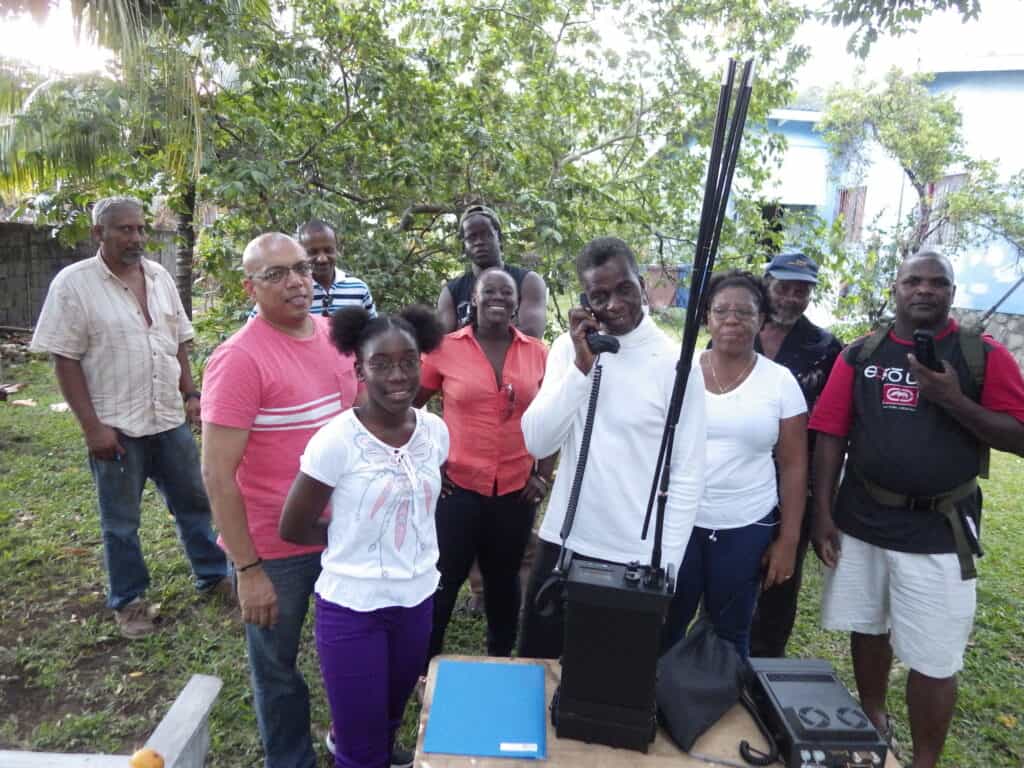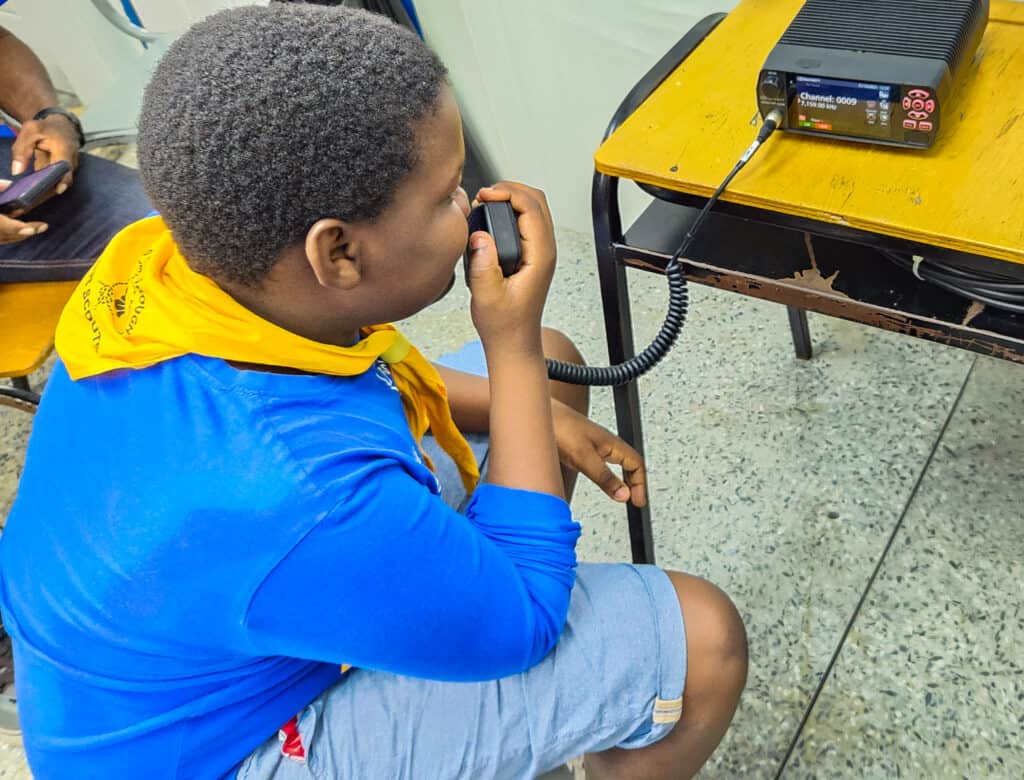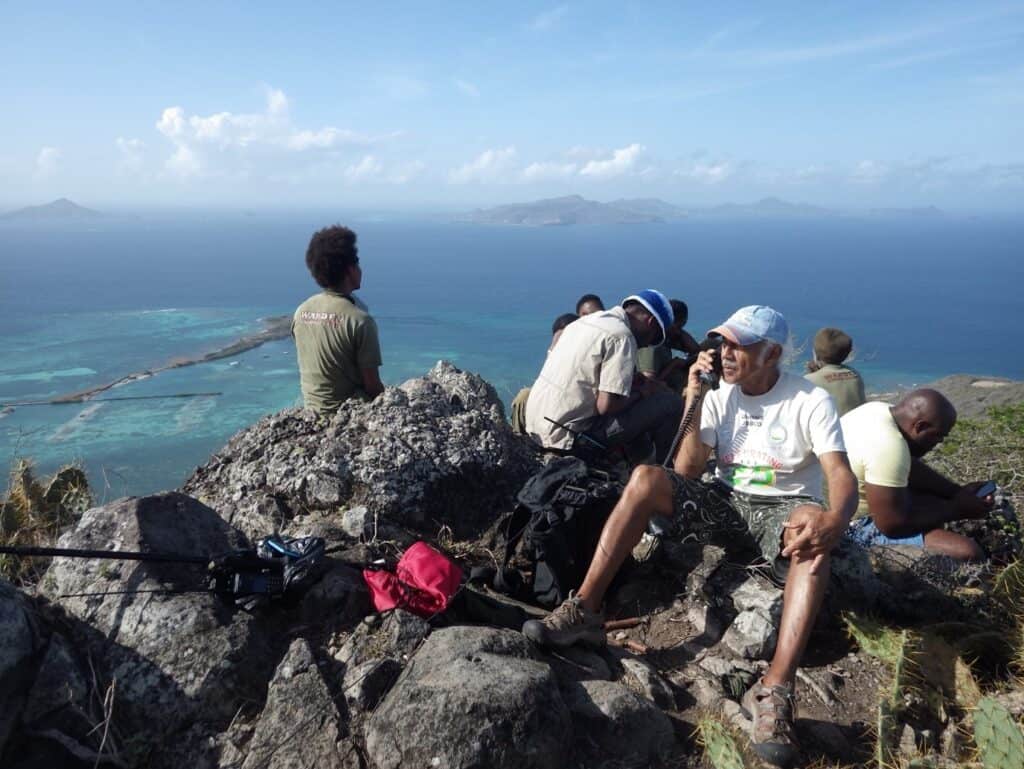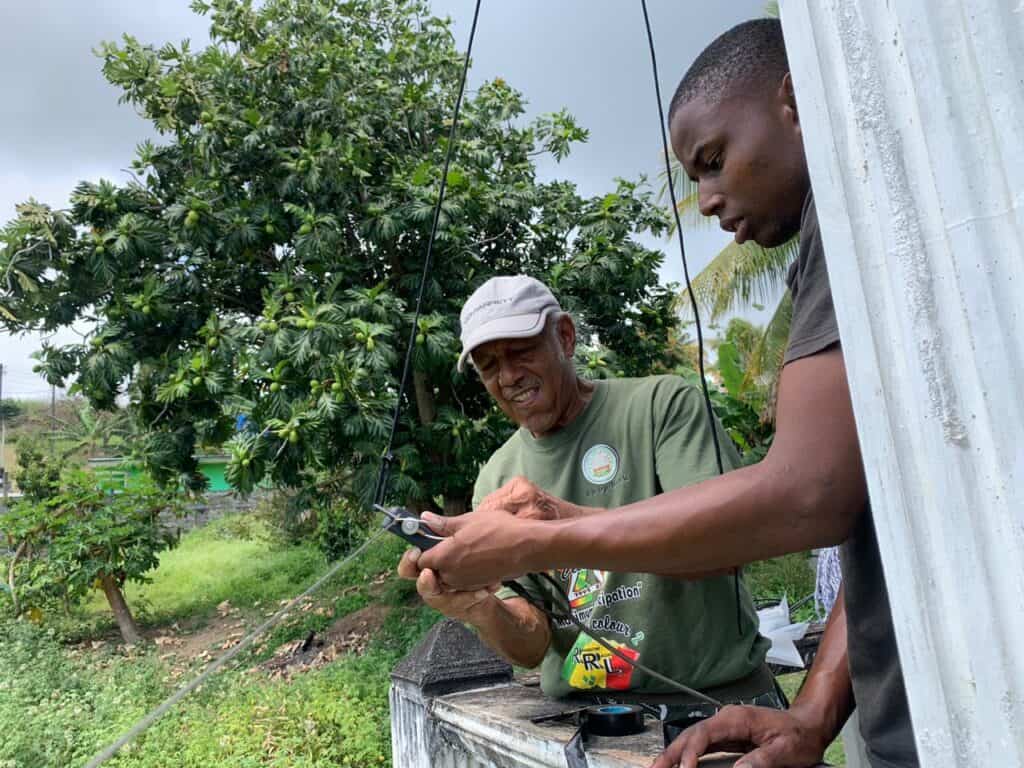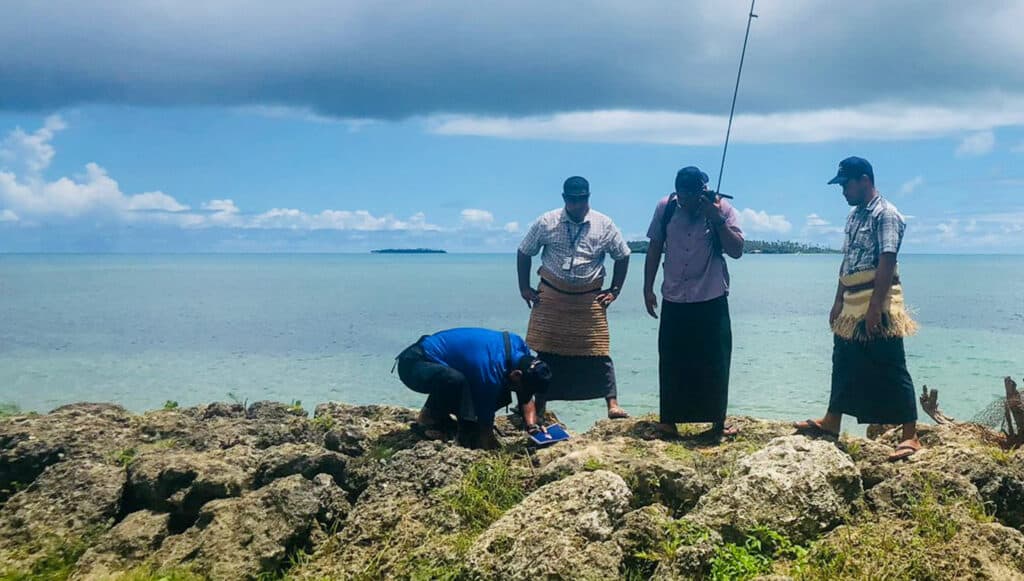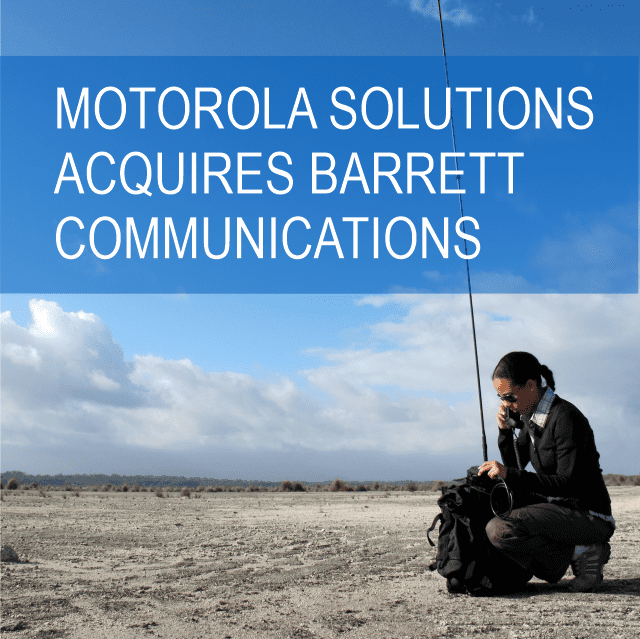How to effectively use HF radio communications in disaster relief
How to effectively use HF radio communications in disaster relief
High Frequency (HF) radio can be crucial for disaster relief. It can allow for both a centralised hub of communications as well as dependable, effective communication between points or teams in the field. When other methods are unavailable or undependable due to the nature of a disaster, HF radio in the hands of government disaster relief teams, NGOs, or humanitarian aid organisations can save lives.
HF radio basics
HF radio propagates frequencies up to the ionosphere. The frequencies are then bounced back to Earth and picked up by transceivers This allows radio waves to travel for long distances while maintaining clarity. The key point in HF’s favor is that it doesn’t require any existing infrastructure to be completely operational. It can simply be deployed with disaster teams and utilised to maintain continual contact.
Types of disaster relief teams that can benefit from HF radio
There are many disaster relief workers who can take advantage of HF radio to plan, execute, and successfully report back on missions in the field. Medical teams can maintain constant communications with experts and hospitals, and first responders can coordinate for search and rescue operations. Administrative staff can stay on top of all movement in the area and provide clear feedback to those in charge. HF provides multiple points of contact, and an easy way to keep everyone working at maximum efficiency.
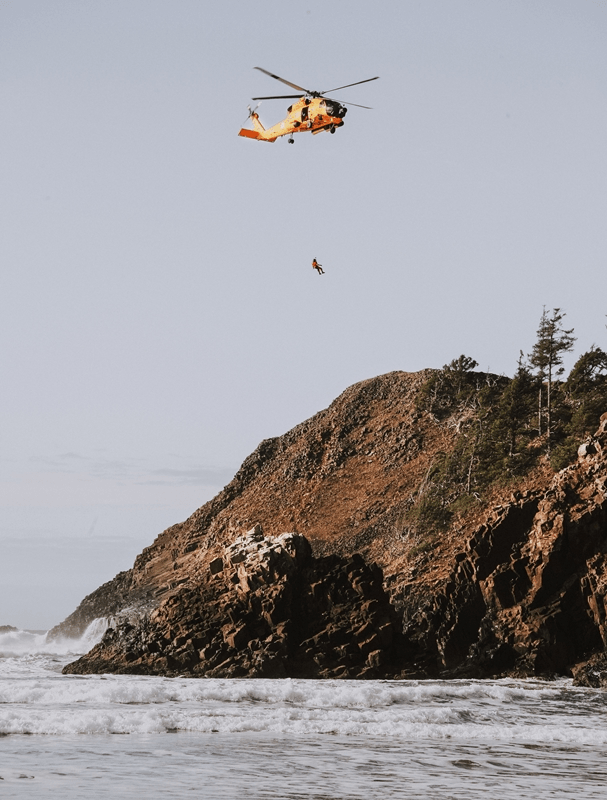
Security of HF radio communications
Software-defined radio (SDR) allows communications to be effectively coded, sent, and decoded using audio compression. This allows disaster relief teams to communicate without fear of interception, which can be vital when working in a troubled region. Messages can’t be overheard, and logistics teams can transport lifesaving equipment, supplies, and medical contingents safely.
With secure multi-point calling and voice message encryption, missions can be carried out without the fear of them being jeopardised or hijacked due to message interception, and sensitive messages can be kept secure and private, allowing families of disaster victims to be properly notified.
HF SDR implementation
Modern HF radio makes it possible for almost anyone to use the highly intuitive equipment. SDR is designed to work smoothly with existing equipment, and has a familiar smartphone or tablet-like interface. The radio can even be accessed and controlled remotely with an app that replicates the interface and provides access to authorised persons not on scene.
By making HF radio options available to disaster relief teams, missions can be carried out effectively and efficiently, resulting in more lives saved. For more information on which Barrett Communications equipment is best suited to your needs, get in touch with our team for a friendly consultation.


